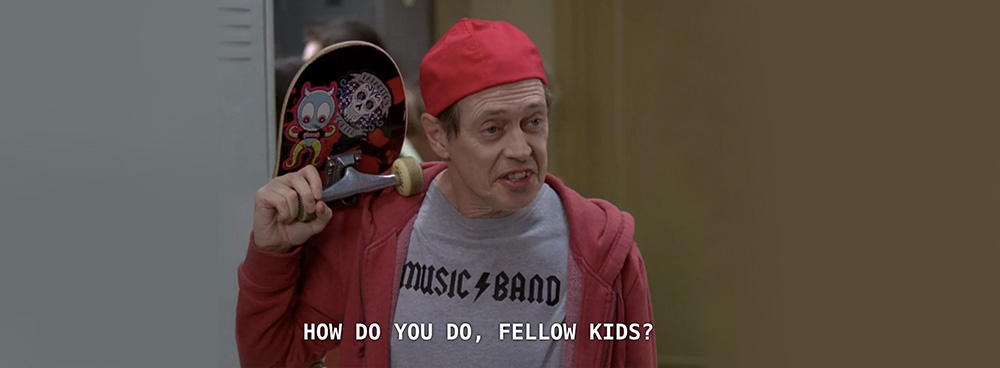News
WTF, Brands? Why Tone of Voice Matters on Social Media
Multinational giant Procter & Gamble recently filed trademark applications for some of your favourite internet abbreviations, suggesting they tend to use them in their upcoming campaigns. Seriously, P&G, don’t make us LOL.
Internet memes and abbreviations seem like they’re the perfect way to connect with a younger audience. For some brands, they are. But for Procter & Gamble, one of the globe’s biggest consumer goods corporations, it seems to ring a little false. P&G have recently filed trademark applications for four different abbreviations – WTF, LOL, NBD and FML. (And if you can guess what all of those mean, you can get extra millennial points.)
Trademarking internet abbreviations not only seems a bit miserly, but it also means that P&G run the risk of alienating their entire audience, including those millennials and Gen-Z kids that they’re trying to reach.
Internet memes are tricky to navigate. Often controversial and ever increasing, you need to be seriously on top of your internet culture to keep up, otherwise your brand will very quickly look irrelevant. When they’re done right, they’re an excellent way of making your brand stand out from the crowd – Denny’s, the American diner, is the perfect example:
zoom in on the syrup pic.twitter.com/omRBupjrXq
— Denny's (@DennysDiner) March 1, 2017
If you do it wrong though, you’ll just join the league of brands that have tried and failed – wasting not just your time, but that of your potential customers, too.
On the whole, your tone of voice needs to suit your audience, but you also need to maintain your brand values. If your social media sits completely at odds with the rest of your digital presence, then it’ll lead to confusion and is likely to turn off prospective buyers.
There are very, very rare occasions where this contrast is successful. The Museum of English Rural Life (or MERL) went viral after making this incredible tweet:
look at this absolute unit. pic.twitter.com/LzcQ4x0q38
— The Museum of English Rural Life (@TheMERL) April 9, 2018
The MERL’s tone of voice is a little bit cheeky, very internet-fluent, and totally at odds with that of a museum about farming, but it works – as of this blog going live, they’ve got 41.9k followers, who are being exposed to all kinds of content about rural life, but in a context that makes it interesting.
However, the MERL’s that one-in-a-million account that actually gets it right – be realistic and consider whether you’d be able to do the same for yours. It’s worth remembering that in a 2017 study, nearly two-thirds of people were found to be strongly averse to brands using internet slang words. Taking the time to develop your brand voice properly, rather than resorting to trying to fit in with the kids, will be far more effective in the long run. Trust us, fam.
Craving social success? Read a few of our other blogs:
Facebook video generates more interaction than YouTube
Can voice technology create a better brand experience?
Can Sennheiser score big with World Cup promotion?
Found this helpful? Sign up for our newsletter!
Our monthly newsletter brings together the best of our blogs, work and news in one handy email. Why not sign up today to find out more about all things social media, PR, design and digital?



